The Maskray (Neotrygon kuhlii) or Kuhl’s stingray, is a species of stingray of the Dasyatidae family. This ray is currently under investigation by geneticists and it is very likely that it will be reclassified in the near future, possibly as Neotrygon trigonoides.
The Maskray is light green with blue spots, but appears grey in the water with pointed wings and a disk width around 42 centimeters (17 in). It is sometimes confused with the smaller Oceania Fantail (Blue Spotted) Ray, which is rounder with brighter blue and more vivid spots.
The Maskray preys on many fish and small mollusks, but is also preyed on by the killer whale and hammer head shark. The Maskray is also generally found in Indonesia to Japan, and south to Northern Australia. The Maskray is also targeted by many parasites such as tapeworms, flatworms, and flukes.
Description and behavior
The ray has a very long tail accommodating two venomous spines on the base of the tail. The tail is about twice as long as the body of the ray, and the barbs or spines are two different sizes, one being very large and the other a medium-sized barb.
The Maskray has bright yellow eyes, and the eyes are positioned to allow them a wide angle of view. The spiracles, which allow them to breathe, are located directly behind the ray’s eyes. The ray’s gills and mouth are found on the underside of the body. The ray normally lives alone or in small groups. One unique characteristic of the Maskray is that they rarely bury themselves in the sand only to hide from predators, unlike the majority of rays who bury themselves regularly.
Diet
This type of ray feeds on shrimp, small bony fish, mollusks, crabs and other worms. Due to the fact that this ray is a shallow bottom feeder, it has a small variety of marine life to prey on.
The Maskray overpowers its prey by pinning them to the bottom of the seafloor with its fins. This ray does not have teeth, instead it has food-crushing plates on the sides of its mouth.
Reproduction
The Maskray is ovoviviparous. The embryos are retained in eggs within the mother’s body until they are ready to hatch. The embryos receive nourishment from the mothers’ uterine fluid. Mothers give birth to up to seven pups per litter; these pups range from 6 inches (150 mm) to 13 inches (330 mm) long at birth. The Maskray passes its offspring 32 sets of chromosomes.
The mother also has a annual reproductive cycle. Studies show that the mating season is in October and November and the ovulating season is in the Australian summer (December 1- February 28/29), which coincides with the embryonic development.
Habitat
The Maskery is commonly found in waters of depths about 0–90 meters (0–295 feet), being found near rocky coral reefs.
This stingray is found in a tropical climate at 29°N- 31°S, and 20°E- 171°W. At high tide the Maskray moves out into the shallow lagoons and reef flats.
Update April 2017 Great Fiji Shark Count
The name for this species has been changed as of the April 2017 Great Fiji Shark Count. This has brought us in line with international taxonomic nomenclature.
- Old name used in Great Fiji Shark Count : Bluespotted stingray (grey ray)
- New name used in Great Fiji Shark Count : Maskray
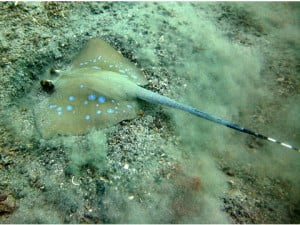


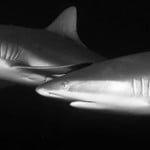
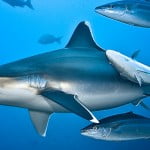
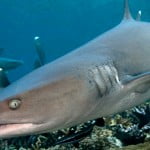
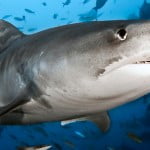











Very interesting. I am actually a marine biologist in the Cayman Islands and we have something called Stingray City where people go to feed wild southern stingrays. I linked below a website which might give you an idea of what I’m talking about. I personally don’t think stingray city is good for the rays since it takes them off their natural diet, but the locals make money from it so you can’t really stop them… https://georgeswatersports.ky/stingray-city-grand-cayman/